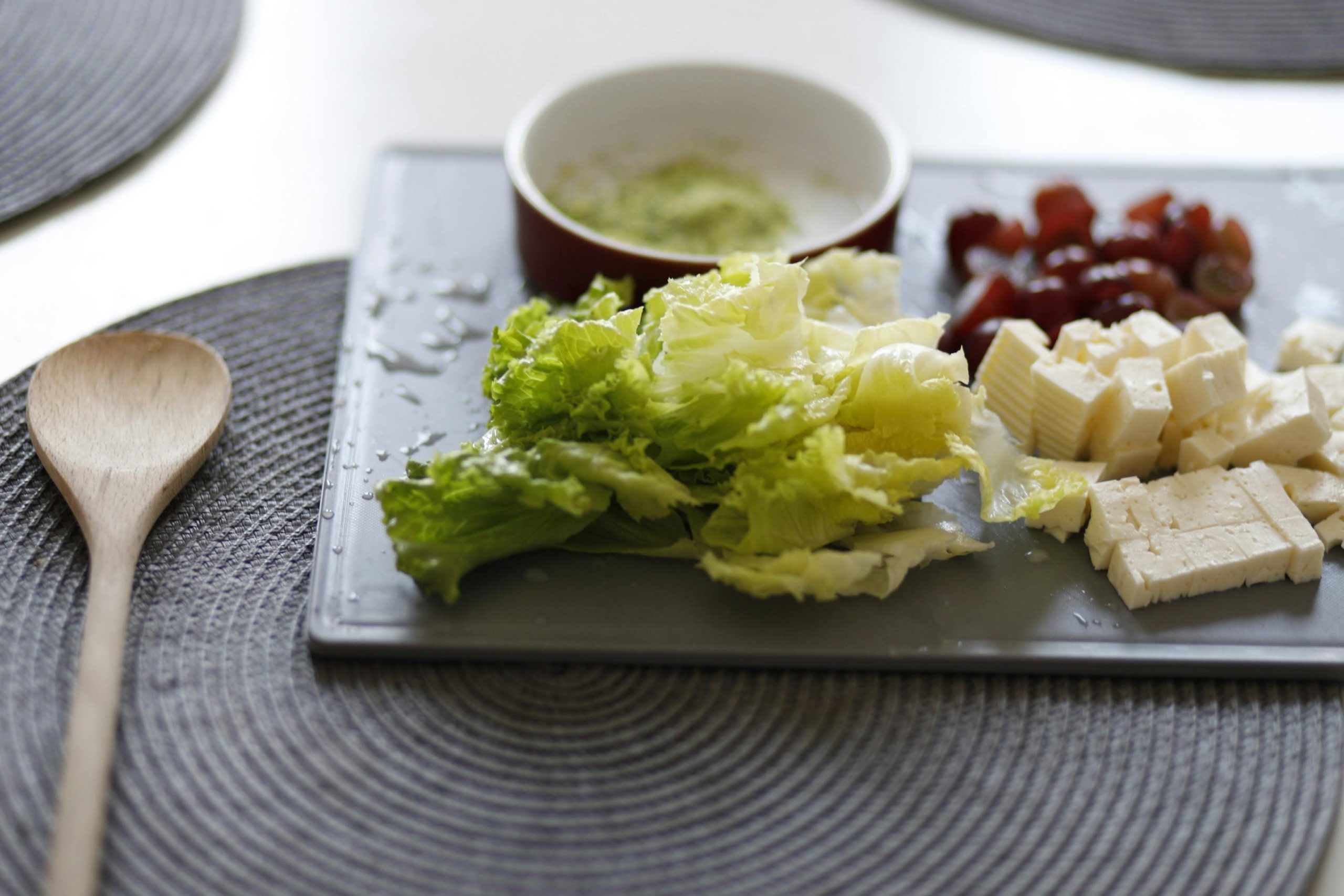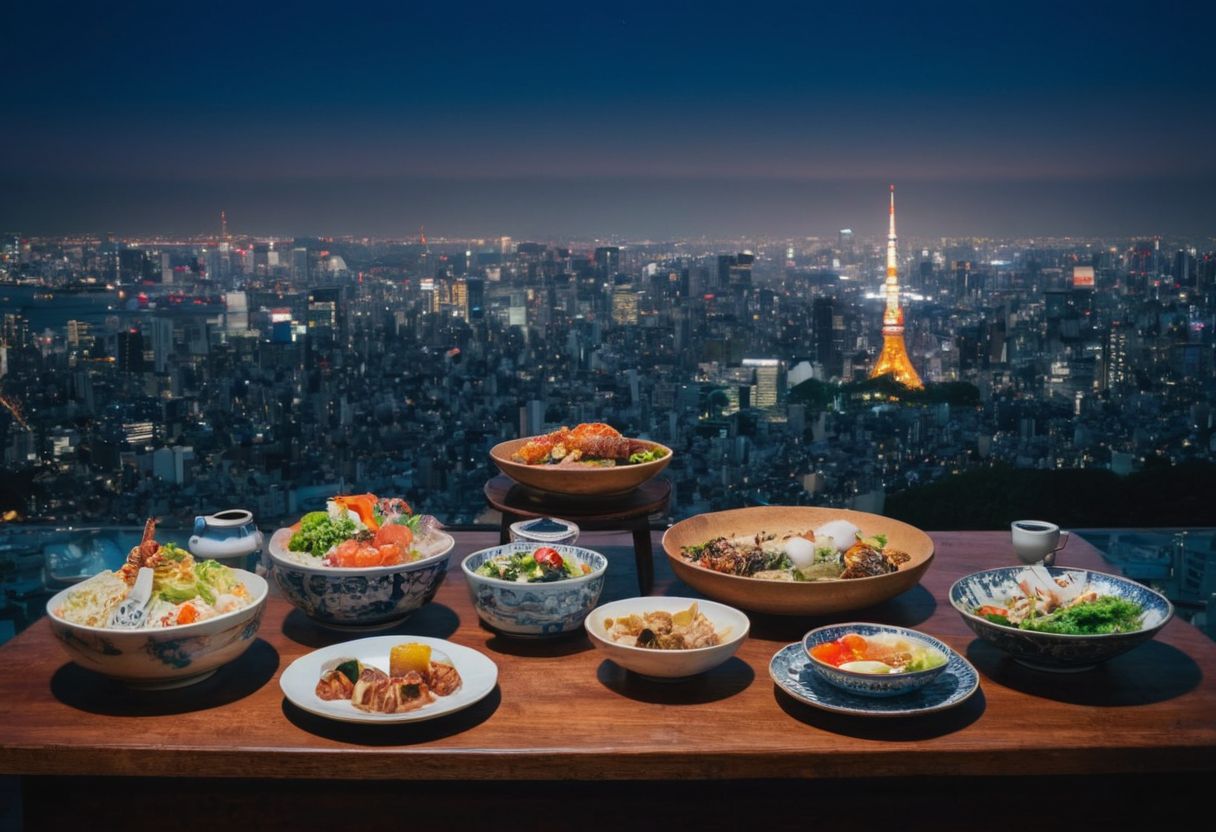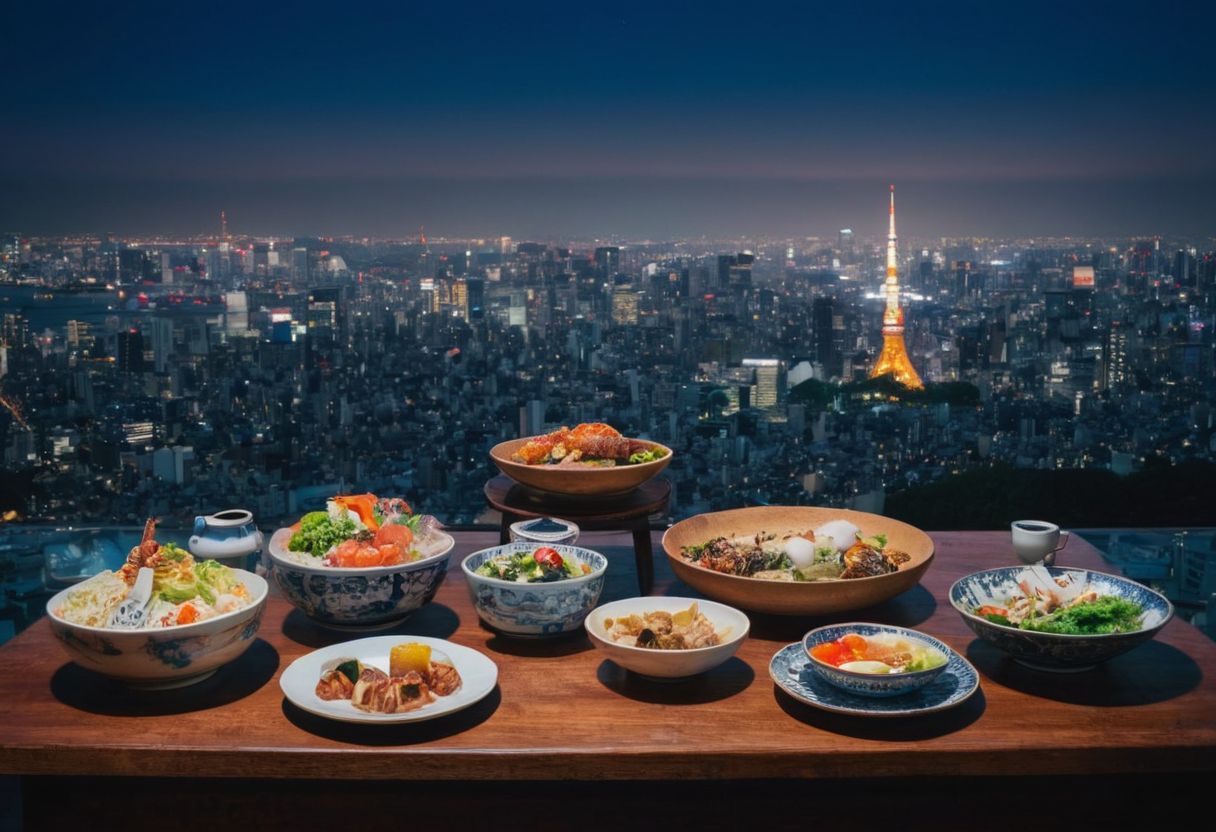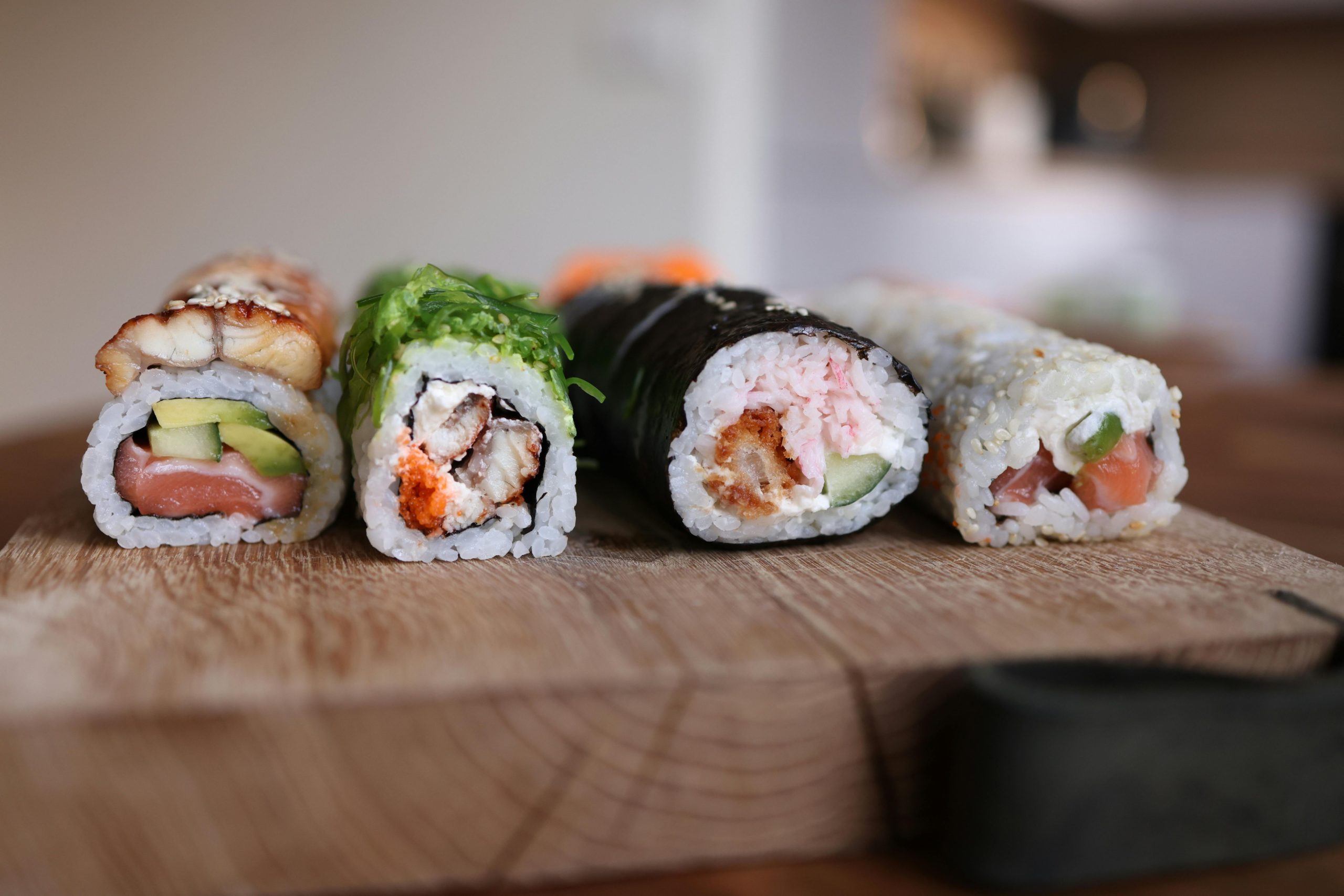Imagine stepping into a world where every dish tells a story of seasonal beauty and artistic precision.
For many, the complexity and subtlety of traditional Japanese cuisine, especially kaiseki, remains an unexplored mystery.
Kaiseki sushi, while not a standard component of kaiseki meals, can occasionally feature as part of these multi-course feasts, showcasing the pinnacle of culinary craftsmanship.
In this blog, we’ll delve into the origins of kaiseki sushi, its cultural significance, and how it symbolises the zenith of Japanese culinary arts, along with where you can experience this exquisite tradition.
The Origins of Kaiseki Sushi: A Historical Perspective
Kaiseki sushi, often seen as the epitome of Japanese culinary arts, has a rich history that dates back to its origins in traditional tea ceremonies. Originally, these meals were simple, designed to accompany the Zen practice of tea drinking. Over time, kaiseki evolved into a more complex and refined dining experience, reflecting the deep appreciation for seasonality and artistic presentation that characterises Japanese culture.
The transformation from a humble meal served at tea ceremonies to a sophisticated culinary art didn’t happen overnight. It was influenced by various Japanese culinary traditions and philosophies over centuries. Kaiseki meals began to incorporate multiple courses, each carefully prepared to highlight the natural flavours and aesthetic appeal of seasonal ingredients. This gradual refinement has led to the kaiseki we recognise today, celebrated worldwide for its elegance and precision.
Cha-Kaiseki: Bridging Tea and Culinary Traditions

Cha-Kaiseki, integral to the Japanese tea ceremony, represents a unique fusion of culinary and tea traditions. This meal comprises multiple dishes, each made with seasonal ingredients and presented with great care to enhance the overall tea experience. The dishes are not only a feast for the palate but also for the eyes, often garnished with edible flowers and leaves, making the meal a holistic sensory experience.
The Philosophy Behind Kaiseki: An Artistic Culinary Form
The philosophy of kaiseki centres around the principles of minimalism and respect for natural beauty, much like the art forms it parallels, such as Japanese theatre and flower arrangement. Each dish in a kaiseki meal is carefully crafted to balance taste, texture, and appearance, reflecting the season and the environment. This philosophy ensures that a kaiseki meal is not just food, but an artistic expression that connects diners to the natural world in a profound way.
Kaiseki Sushi: A Culinary Expression of Japanese Culture
Kaiseki sushi represents the zenith of Japanese haute cuisine, where each dish is a testament to the chef’s mastery over taste and aesthetics. This traditional dining form is deeply rooted in Japan’s cultural practices, drawing from the seasonal best and presenting it in an art form. Every aspect of kaiseki, from the selection of ingredients to the way dishes are served, is designed to provide a harmonious culinary experience that resonates with the natural beauty of the seasons.
The elaborate preparation and presentation of kaiseki not only aim to satisfy the palate but also to express deep cultural values. Each course in a kaiseki meal is carefully crafted to reflect the peak of seasonal freshness and regional flavours, making it a sophisticated expression of Japanese tradition and culinary art. The meticulous attention to detail and the serene dining setting elevate the overall experience, turning a meal into an exquisite cultural immersion.
Understanding the Menu Structure of Kaiseki Meals

A kaiseki meal unfolds in a series of courses, typically ranging from seven to fourteen, each serving a specific purpose and following a traditional sequence. The meal might start with a light appetizer or aperitif, progress through various seasonal specialties including sashimi and a soup course, and conclude with a delicate dessert. This structured progression not only showcases the chef’s versatility but also builds a narrative that reflects the season’s essence.
Seasonality in Kaiseki: Sourcing Nature’s Best
Seasonality stands at the core of kaiseki, with menus adapting to the freshest ingredients available at the time. Chefs often use ingredients at the peak of their flavor, which can vary with the micro-seasons traditional to Japan. This deep respect for nature’s bounty ensures that each dish not only tastes exquisite but also connects diners to the seasonal rhythms and regional characteristics of the ingredients used.
Traditional Preparation Methods in Kaiseki Cuisine
In kaiseki cuisine, traditional preparation methods are paramount, each chosen to best express the inherent qualities of the ingredients. Techniques like steaming, grilling, and simmering are used judiciously to enhance flavors without masking them. The presentation is equally important, with dishes often served in handcrafted ceramics or lacquerware, adding an artistic dimension to the meal that complements the natural beauty and simplicity of the food.
The Role of Dishware in Kaiseki: Enhancing Culinary Art

In kaiseki, the choice of dishware is as critical as the food itself, each piece meticulously selected to enhance the overall dining experience. Unlike in many Western dining settings where dishware serves primarily as a backdrop, in kaiseki, each bowl, plate, and utensil is part of the culinary presentation. The dishware in kaiseki is chosen to complement both the visual and sensory aspects of the food, often reflecting the seasonal theme of the meal.
The aesthetics of kaiseki dishware typically involve:
- Harmony with the season: Spring might bring plates with floral motifs, while autumn could see leaf patterns.
- Texture and colour: Subtle glazes and textures that echo the natural ingredients used in the dishes.
- Shape and size: Unique shapes that not only hold the food but also frame it, turning each course into a visual masterpiece. This careful curation of dishware elevates the dining experience, making each meal a holistic expression of Japanese art and culture.
Where to Experience Kaiseki: Best Locations and Settings
To truly immerse yourself in the art of kaiseki, visiting a traditional Japanese inn (ryokan) or an exclusive ryotei restaurant is essential. These venues often provide the most authentic kaiseki experiences, where the setting complements the seasonal and artistic aspects of the meal. In cities like Kyoto and Tokyo, you’ll find establishments that have perfected their craft over generations, offering a deep dive into Japan’s culinary heritage.
For those seeking a modern twist on traditional kaiseki, kappo restaurants, which feature counter seating and an open kitchen, are a fantastic choice. Here, diners can watch as chefs meticulously prepare each course, adding an interactive dimension to the dining experience. These settings not only highlight the chef’s technical prowess but also the intimate connection between the preparation and enjoyment of kaiseki cuisine.
Casual Kaiseki: A Modern Take on Tradition

Casual kaiseki adapts the revered traditions of its formal counterpart into a more relaxed dining experience, making it accessible without compromising on quality. This modern twist on kaiseki allows diners to enjoy the essence of Japanese culinary art in a less formal setting, often incorporating creative dish presentations and a mix of textures and flavours. Key elements of casual kaiseki include:
- Theatrical arrangement of ingredients, showcasing not only taste but also visual appeal.
- Use of both rustic and refined dishware to create a striking contrast on the table.
- Often served in formats like bento boxes, which are perfect for a quick yet sophisticated meal.
This approach brings kaiseki’s meticulous attention to detail and seasonality to a broader audience, blending tradition with contemporary dining trends.
Discover Kaiseki in Zurich with Indulge: Book Your Culinary Tour Today
INDULGE offers a unique opportunity to dive into the world of kaiseki right in the heart of Zurich. Through their expertly guided tours, participants can explore the intricate balance of taste, texture, and aesthetics that defines kaiseki cuisine. Each tour is crafted to introduce food lovers to this Japanese culinary art, alongside a broader exploration of Zurich’s vibrant food scene.
Booking a tour with INDULGE not only promises a delicious journey through various culinary traditions but also provides a deeper understanding of the cultural significance behind each dish. Highlights of these tours include:
- Seasonal ingredient selection that mirrors the principles of kaiseki
- Exclusive dining settings that enhance the overall experience
- A chance to learn from local chefs and culinary experts who specialise in various international cuisines, including Japanese kaiseki.








